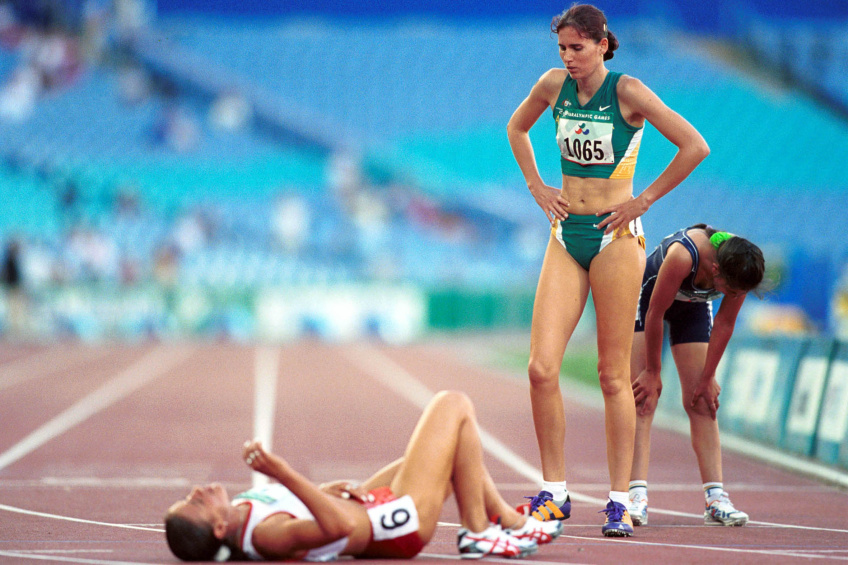So, you’ve been going hard at the gym. Great! There’s nothing better than seeing your hard work start to pay off. But if you’ve pushed yourself a bit too far and find yourself with an injury, it’s time to step back and give your body some TLC as it recovers and your muscles repair themselves. Refer to these tips as a launching point for a speedy and thorough recovery (without sacrificing your health or falling out of the fitness groove!).
Get enough sleep
What exactly is “enough” sleep? The National Sleep Foundation (NSF) recommends 7-9 hours per night for healthy adults between ages 18 to 64. A good night’s rest is so important because this is when our bodies complete vital processes such as muscle repair, growth hormone release, and so much more. The more shut-eye you get each night the better, as this allows your body to cycle through key sleep stages including stages 3 and 4 (when, according to the NSF, “blood supply to muscles increases, tissue growth and repair occurs, and hormones are released for muscle development”) and REM (when energy is restored throughout the body and brain). All this, combined with the ability to maintain a healthy immune system for whole body support, makes quality sleep the true superhero of post-injury recovery.
Eat your protein
Protein does a body good in many ways, and it’s especially important for athletes to consume the proper amount each day. According to estimates by the American College of Sports Medicine, endurance athletes should consume up to 1.2 grams per kilogram of bodyweight each day (approximately 120 grams for a 220-pound person), and resistance or strength-training athletes should consume up to 1.6 grams per kilogram (approximately 160 grams for a 220-pound person). The inflated daily protein values are considered necessary to promote repair of damaged muscle fibers and many more recovery processes. A conscious diet rich in proteins and amino acids can help active people meet nutrient requirements, but some protein supplements can add a boost when needed. Of course, it’s important to keep in mind, requirements vary from individual to individual based on size, type and level of activity, type and severity of injury, and many other health factors.
Try massage therapy
Massage therapy can best be used as a preventative measure to avoid injuries before they occur. Among many benefits, a regular massage program can help reduce muscle tension and alleviate soreness after exercise, according to the American Massage Therapy Association. Those with an active injury should use caution when it comes to deep-tissue and related massage techniques. If you are looking to try getting a massage as part of your recovery regimen, always consult with a trusted professional in advance.
Take it easy at the gym
Even if you’re sore or injured, you’re likely eager to get back to your regular workout routine. When the dreaded injury hits, nobody wants to allow it to undo all their hard work. You can still stay fit during this time — just don’t strain yourself too hard, as you could end up agitating and prolonging your injury. Warm-up and cool-down becomes more important than ever. You may also opt for personal training to ensure you’re using proper form and selecting safe and appropriate exercises, or consider trying a low-impact workout such as a yoga class.

